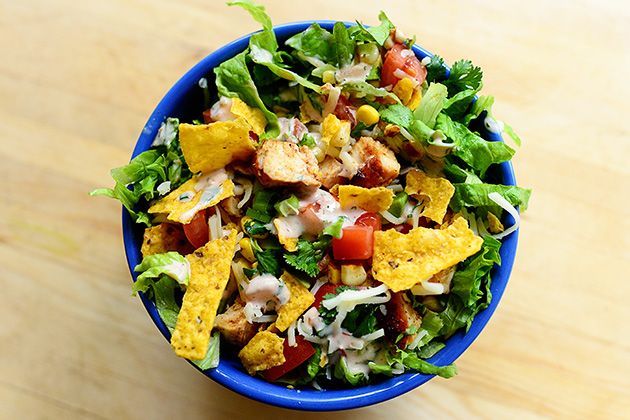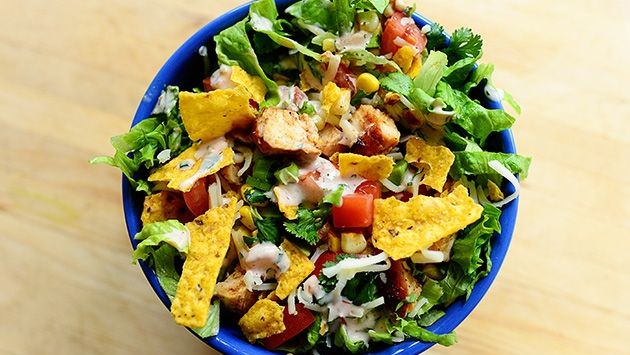
Discovering the Core of Authentic Mexican Ingredients
Share
Maize (Corn)
Tracing its origins back to Mesoamerica, spanning Central Mexico to Costa Rica, maize has long been a staple in Mexican dishes. Historically, the Mesoamericans adopted the nixtamalization process, involving boiling maize in water with calcium hydroxide. This process not only softens the grain but also amplifies its nutritional profile. Today, maize remains an intrinsic component in many Mexican meals, whether ground to make masa or simply boiled as a cob.
Flavour and Use: Maize offers a light sweetness combined with musty, slightly rancid, grainy and chalky undertones, providing a crisp and chewy texture. Predominantly, maize features in dishes such as tortillas, elotes, totopos, and the like.
Chocolate
The Mayans and Aztecs heralded the birth of 'Xocolatl', or as we fondly call it, chocolate. This initial bitter drink, packed with energy and endurance, has metamorphosed into the sweet delight we relish today, especially after Europe's intervention with sugar. In the heart of Mexico, chocolate is a revered ingredient, often starring in moles.
Flavour and Use: The roast levels dictate its flavour, transitioning from acidic nutty to burnt bitter cacao. Various nuances can be detected, ranging from nutty to caramel-like. Mexican delicacies featuring chocolate include moles, chocoflan and more.
Vanilla
Vanilla, or 'vainilla', has an intertwined history with chocolate, serving as one of its core ingredients. Its distinctive aroma beautifully offset chocolate's bitterness.
Flavour and Use: The vanilla extract has floral, bitter and caramellic notes. Its presence can be savoured in Mexican chocolates, flans and helado, amongst others.
Ají Picante (Chili Peppers)
Ají picante has always held a revered place in Mexican cuisine. Ranging from mild to fiery, these peppers are versatile, available fresh, dried or pickled.
Flavour and Use: Depending on their form, they may taste sweet, floral, smoky, or earthy. They're a fundamental ingredient in salsas, moles, micheladas and more.
Jitomate (Tomato)
The tomato, or 'jitomate', is another essential in Mexican dining, often forming the foundation of various dishes.
Flavour and Use: Its taste spectrum includes acidic, sweet and fresh notes. It's commonly found in salsas, ensaladas and moles.
Tomatillo
Related to the tomato, tomatillos are encapsulated in a husk and are known for their distinctive tartness.
Flavour and Use: Its flavour profile varies from bitter to sweet. Notably, it’s a core ingredient in salsa verde and chilaquiles verdes.
Frijoles (Beans)
Beans, or 'frijoles', come in myriad colours across Mexico. They can be savoured whole, smashed or refried.
Flavour and Use: They possess a sweet, metallic, and musty flavour. They're an integral part of dishes like frijoles refritos and sopa de frijol.
Ahuacatl (Avocado)
Originating from southcentral Mexico, the avocado or 'ahuacatl' is a cherished fruit here.
Flavour and Use: With a fruity, herbal profile, it's celebrated for its creamy texture. It’s prominent in dishes like guacamole and as a complement to tacos.
Nopal (Cactus)
Nopal, a quintessential cactus, is omnipresent in Mexico, both in markets and in the wild.
Flavour and Use: The nopal is fresh, tart, and slightly bitter. Dishes such as guaraches and tacos often feature nopal.
Cilantro
Though hailing from the eastern Mediterranean and the Middle East, cilantro has found its home in Mexico, adding a fresh zest to various dishes.
Flavour and Use: Its flavour is vibrant, encompassing pungent, grassy, and citric notes. It's a favourite addition to tacos, guacamole and salsas.
Comino (Cumin)
Introduced by the Spanish, cumin or 'comino', is a signature spice in Mexico.
Flavour and Use: Comino offers earthy, nutty flavours. It's prevalent in dishes such as tacos, tamales and salsas.
Orégano Mexicano
Distinct from its Mediterranean counterpart, the Mexican oregano is another flavour titan in Mexican cuisine.
Flavour and Use: It exudes bitter, sweet, and peppery notes, and can often be found in moles, salsas and guisos.
Mexican cuisine is an invitation into a world of rich flavours and traditional methods. While it's been embraced globally, its core remains authentic and unique. Exploring the regional specialities of Mexico is more than just culinary.
Tantalising Chicken Taco Salad
Rated 5.0 stars by 1 users
Category
Main Meal
Cuisine
Mexican
Author:
Andrew Harrington
Servings
4
Prep Time
30 minutes
Cook Time
24 hours
Savour this delightful dish comprising marinated grilled chicken, quinoa infused with cilantro and lime, rich black beans, and refreshing tomatoes.

Ingredients
For the Chicken
-
4 x boneless, skinless chicken breasts
-
60 ml Chilli Flavoured Extra Virgin Olive Oil
-
1 tbsp achiote spice paste
-
1 garlic clove
-
2 tbsp rice wine vinegar
-
Juice of 1 orange
-
1 tsp ground cumin
-
1 tsp dried Mexican oregano
-
1 tsp Sea Salt Flakes to Taste
For the Cilantro-Lime Quinoa
-
2 cups white quinoa
-
A handful of fresh coriander, chopped
-
4 spring onions, finely chopped
-
Juice of 1 lime
-
1 tbsp Chilli Flavoured Extra Virgin Olive Oil
-
1 tsp Sea Salt Flakes to Taste
-
Black pepper, to taste
For the Tomato-Onion Relish
-
1 pint cherry tomatoes, cut in half
-
½ red onion, finely chopped
-
½ tsp Sea Salt Flakes to Taste
-
1 tsp Mexican oregano
-
Juice of 1 lime
-
1 serrano pepper, finely chopped
For the Black Bean Salad
-
1 tbsp Premium Extra Virgin Olive Oil
-
1 garlic clove, minced
-
1 can (15 oz) black beans, drained and rinsed
-
½ tsp ground cumin
-
½ tsp Sea Salt Flakes to Taste
For the Lime Vinaigrette
-
Juice and zest of 2 limes
-
1 tbsp rice wine vinegar
-
1 tsp sugar
-
1 small shallot, finely chopped
-
1 tsp Dijon mustard
-
120 ml Premium Extra Virgin Olive Oil
-
Sea Salt Flakes to Taste
-
Black pepper, to taste
For the Salad
-
4 cups shredded romaine lettuce (roughly 2 romaine hearts)
-
½ cup crumbled cotija cheese
-
Tortilla chips, to serve.
Directions
Method for Chicken Marinade
Combine the canola oil, achiote paste, garlic, rice vinegar, orange juice, cumin, oregano, and salt in a blender until smooth. Immerse the chicken breasts in the marinade, either in a bowl or sealable bag. Allow to marinate in the refrigerator for at least 4 hours or preferably overnight.
Preheat your oven to 175°C. Lay out the chicken on a baking tray, discarding any excess marinade. Bake for 18-22 minutes, or until fully cooked. Once done, let the chicken rest for 5 minutes before slicing diagonally.
Method for Quinoa
In a medium-sized saucepan, mix quinoa with 4 cups of water and a pinch of salt. Simmer, reduce the heat to low, then cover and let it cook until grains soften, about 12 minutes. Fluff the cooked quinoa using a fork, then fold in coriander, spring onions, lime juice, olive oil, and season with salt and pepper.
Method for Tomato-Onion Relish
Mix all the relish ingredients in a bowl and let them sit for about 10 minutes.
Method for Black Bean Salad
arm the olive oil in a large frying pan over medium-low heat. Add minced garlic and stir until aromatic, roughly a minute. Stir in the black beans, cumin, and salt before setting aside.
Method for Lime Vinaigrette
In a bowl, combine all vinaigrette ingredients except for the olive oil. Whisk together or use a hand blender. Gradually incorporate the olive oil until the vinaigrette emulsifies.
Assembly
Distribute the lettuce and quinoa amongst serving bowls. Add slices of the marinated chicken, a spoonful of black bean salad, and tomato-onion relish. Drizzle the lime vinaigrette on top, sprinkle with crumbled cotija cheese, and serve with a side of tortilla chips.
